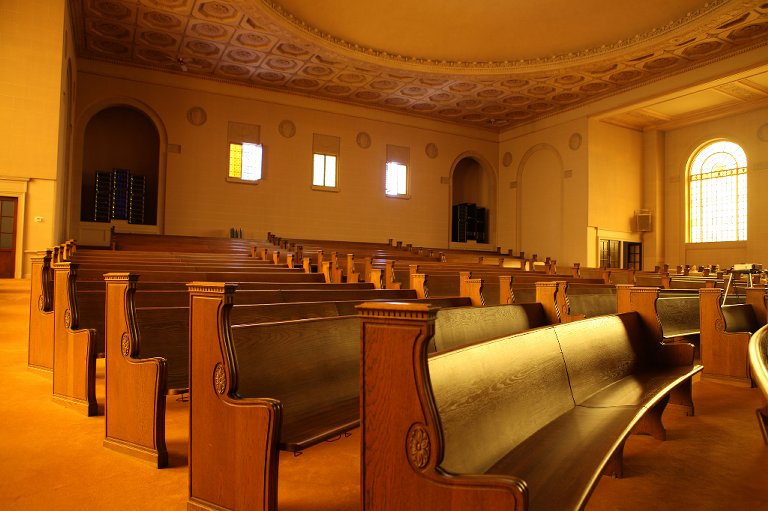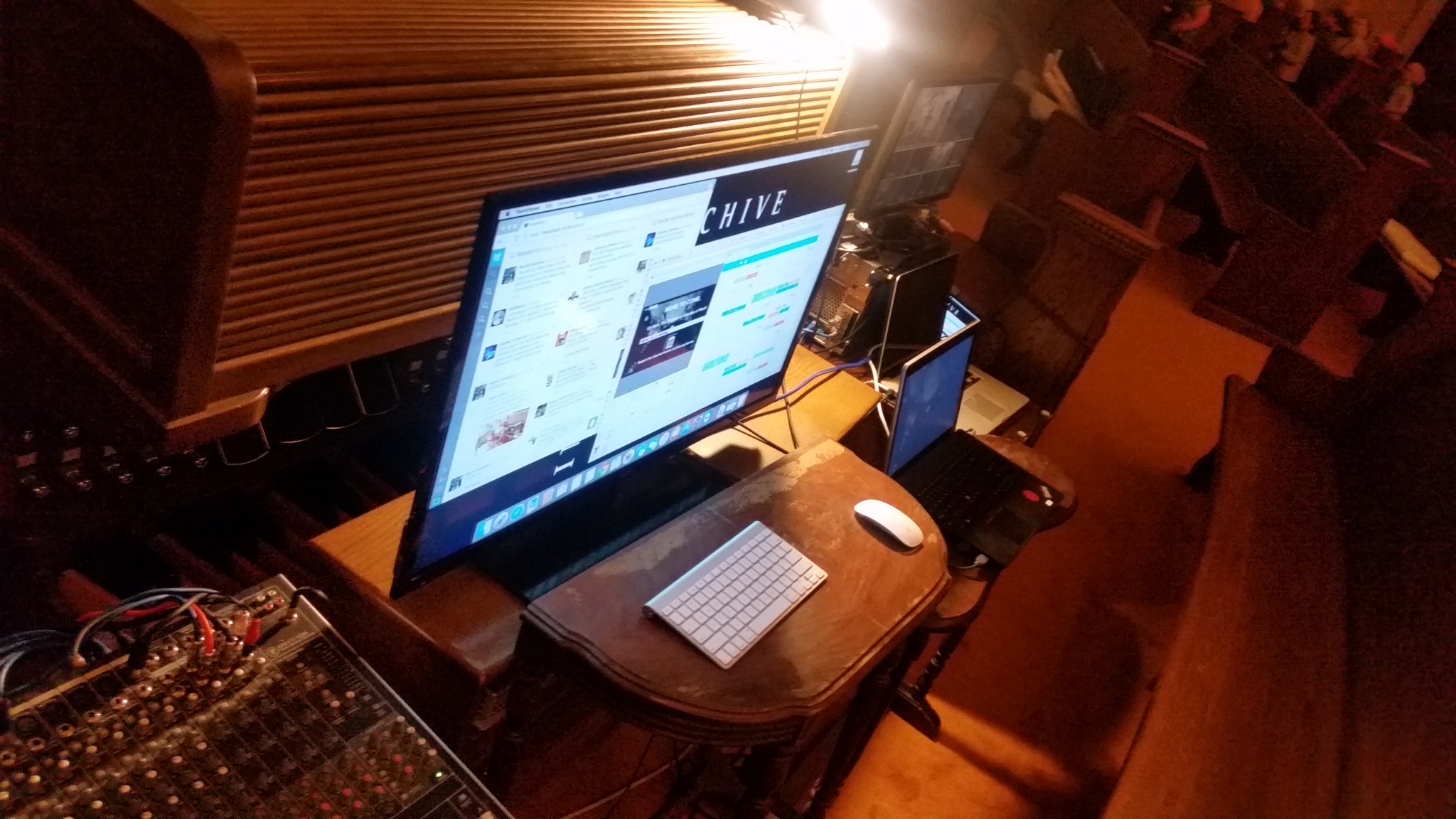The thinking was rather simple: The Internet Archive holds a year-end fundraising drive to encourage donations and recurring donations to provide the great service it does to the world. It does this in recent times through a combination of banner ads and grants, all meant to help cover the annual $12 million budget.
But the Archive is also made up of people, and is a resource for millions not just for web pages and historical documents, but for movies, music, software and a range of other data that have been contributed by institutions and individuals over the years. It also has its headquarters in San Francisco, which has quite a diverse amount of artists, musicians and figures.
So, the logic went, why not do a telethon?
The word “telethon“, a combination of “television” and “marathon”, is the idea that you do something, whatever it is, broadcast it as widely as possible, and keep doing it while asking for whatever it is you’re asking for. Traditionally, this has been charity or non-profit organizations or causes. It’s probably most popularly heard when you flip past a public radio station and you hear a couple hosts talking about all the things that the station does across the year.
And the Archive happened to have an advantage for putting on a show that many places might not – a wonderfully inspiring Great Room, which was part of the church the headquarters building used to be, which has hosted a number of fun events in the recent past.
So, starting in the later part of 2015, a group of people started organizing the idea of an Internet Archive Telethon – contacting possible guests, figuring out what would sit where, and what would make sense for a final date.
The in-process photos of what would become “the cortex”, the central video switching and social media tracking, show the range of equipment:
The arrangement of computers, video/audio cables, encoders and switchers across the bench of a pipe organ was eventually cleaned up into something a little easier to understand. One or two people could run the three cameras (although they’d have to move them) and then a large monitor would allow the social media tracking (to answer questions and see what people were saying) as well as driving the on-screen graphics (to show donation totals, list who was talking, and send out “more to come” messages).
In all, it was very complicated, very improvised, and of course we had no idea how well it would work for its very first test, a 24-hour show.
In 2014, after a power outage, a 5 hour “test telethon” happened, where we sat in the great room and talked to people over a webcam. It was just a big conversation, talking about why the Archive does what it does, and dozens of people weighed in over the course of the event before we called it a day. It proved several things: We could stream live video for hours from the Archive, we could interact with people online doing it, and we needed some class acts to perform during the show.
We got all of that. We’ll talk about it in Part 2.




